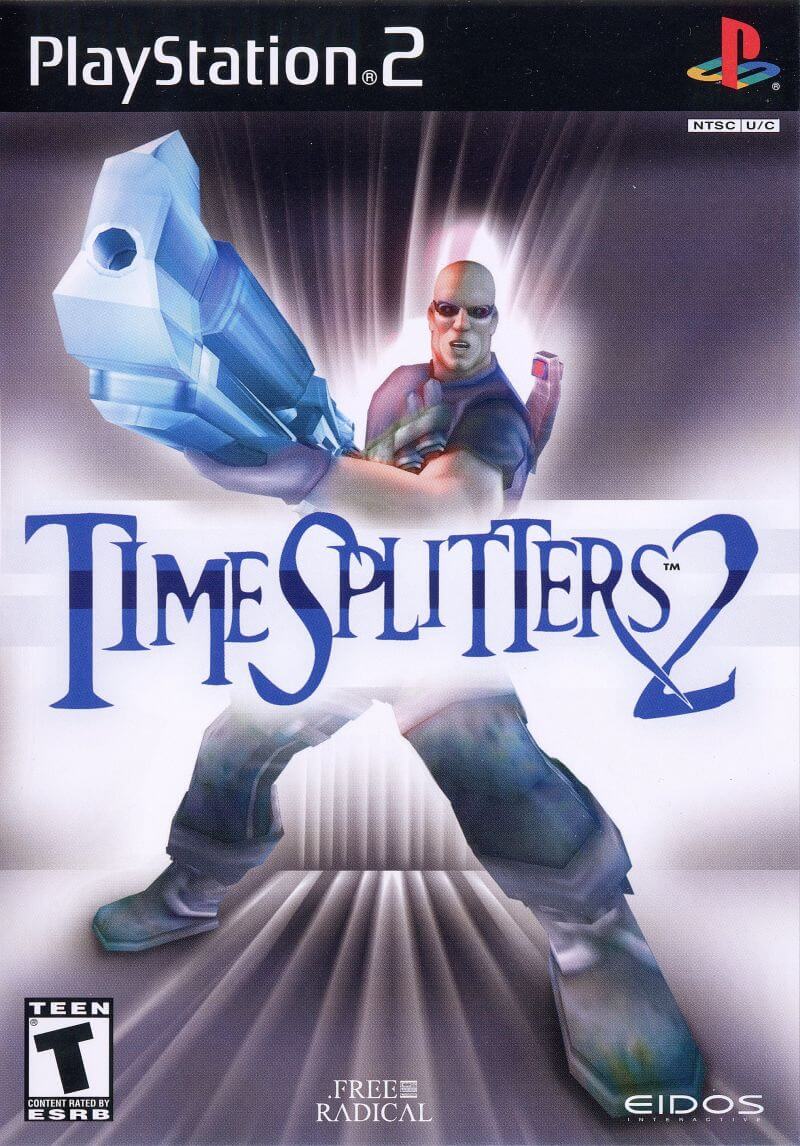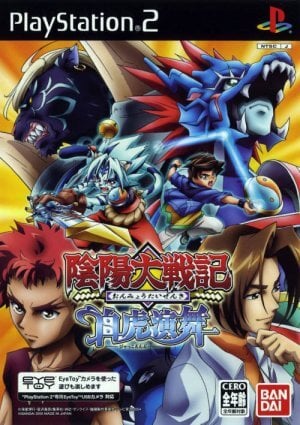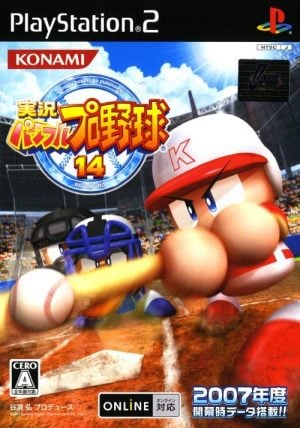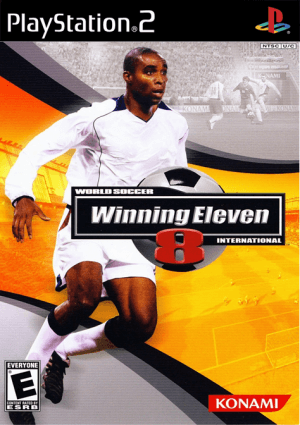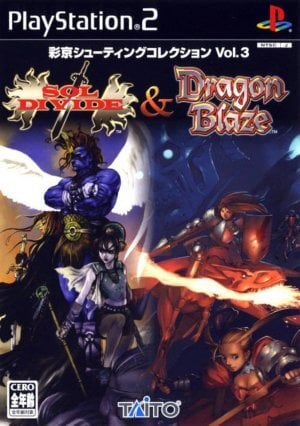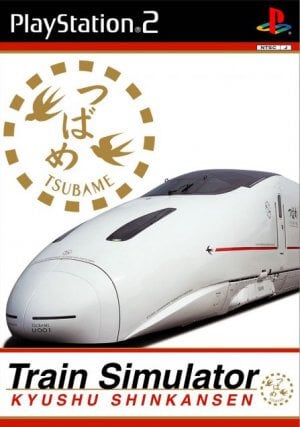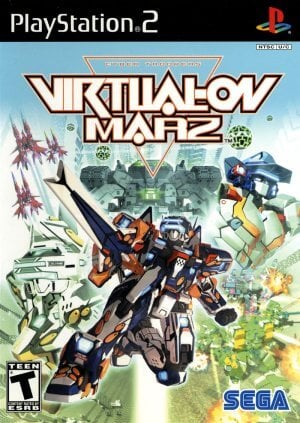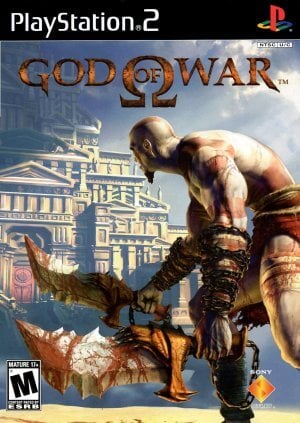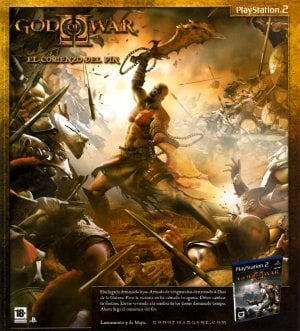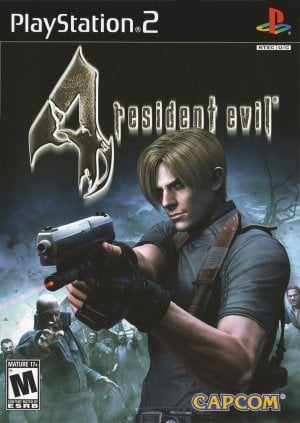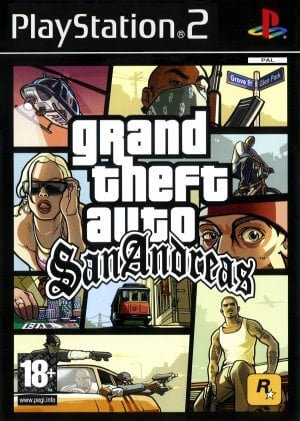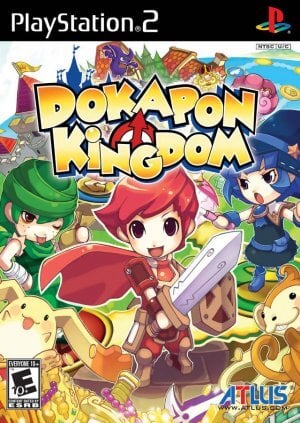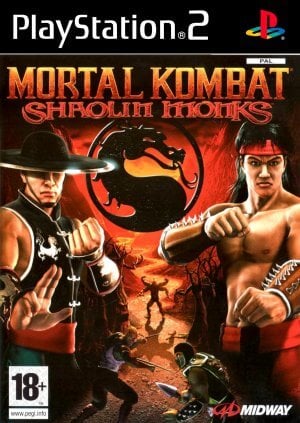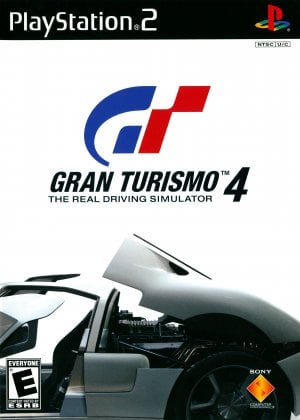TimeSplitters 2, the sequel to Free Radical Design’s launch title for the PlayStation 2, once again sends players hurtling through time as they battle the malevolent TimeSplitters in ten distinct time periods, ranging from the Wild West to a futuristic space station, and everything in between. Players will also be able to customize their character’s appearance, as they can choose from a wide variety of outfits, weapons, and accessories.
In the plot of the game, the protagonist, Cortez, who is also the protagonist of the series, is on a mission to learn more about the mysterious TimeSplitters, who are a group that travels through time and causes problems for the good people of Earth. The time travel paradoxes can be used to the hero’s advantage, allowing him to routinely band up with versions of himself from the past and the future to take on the adversary as a united front. There is a vast array of weaponry from throughout history, as well as from the present day and the future, and the settings feature things that can be destroyed.
Players have the option of selecting a difficulty level, at which point they will either be tasked with completing simple tasks or, when playing in a more difficult setting, they will unlock additional locations and be tasked with completing much more complex missions. The Story mode also supports competitive and cooperative play for two players at the same time.
TimeSplitters 2 includes, much like before, a mode called Challenge, which gives the player the opportunity to compete in a variety of timed and skill-based competitions. The player receives a bronze, silver, or gold medal depending on how well they complete these challenges within the time limits that have been set. These medals, in turn, let the player access extra game options, stages, and playable characters (of which there are more than 120).
There are three different sub-modes available under the Arcade mode: League, Custom, and Network. The majority of the multiplayer content of the game is comprised of Arcade game modes. League events allow players to participate in pre-configured maps, game types, and objectives, while the rest of the Arcade game modes are more casual in nature. In the Custom mode, up to four players and a large number of artificial intelligence “bots” can compete against one another in one of sixteen unique, fully customizable game modes, some of which include Deathmatch, Regeneration, Virus, Thief, Shrink, Monkey Assistant, and Flame Tag. Each of these modes presents a unique variation on the core gameplay. For instance, in Thief, players are tasked with retrieving tokens that have been abandoned by defeated adversaries. It is not the number of kills that decides who the winner is in this scenario, but rather the tokens.
